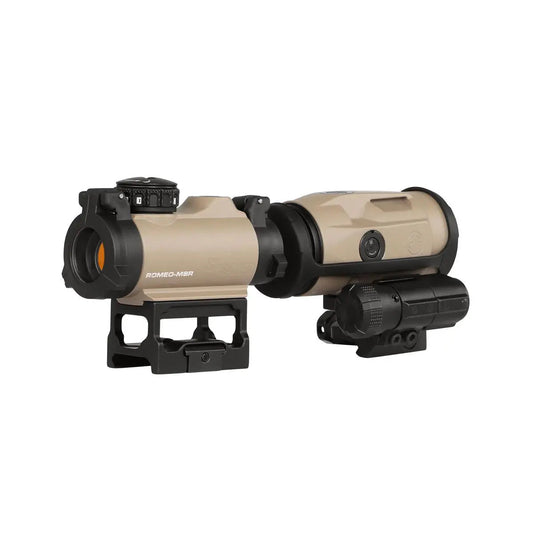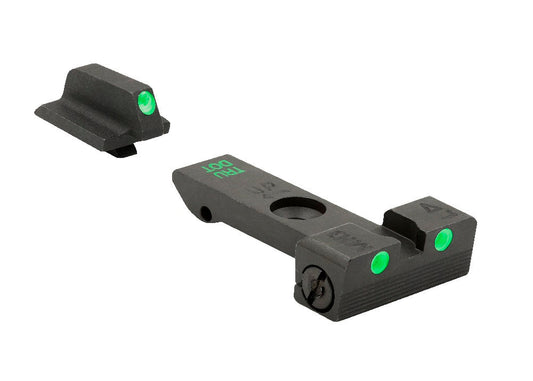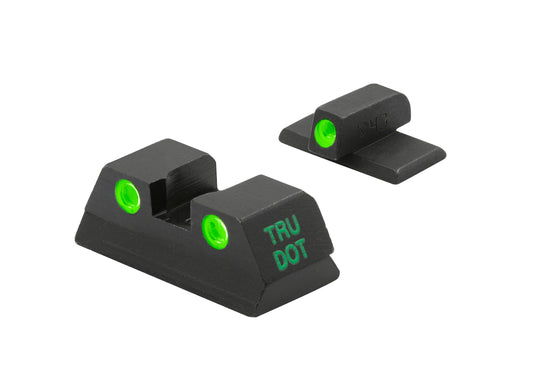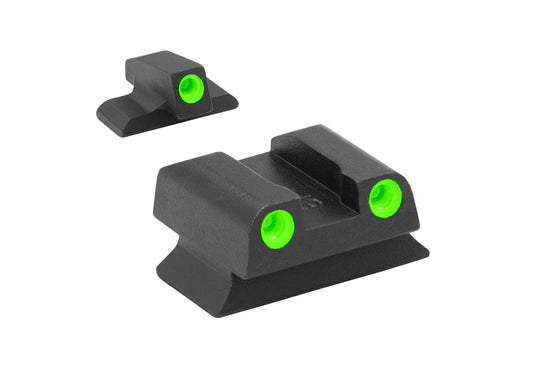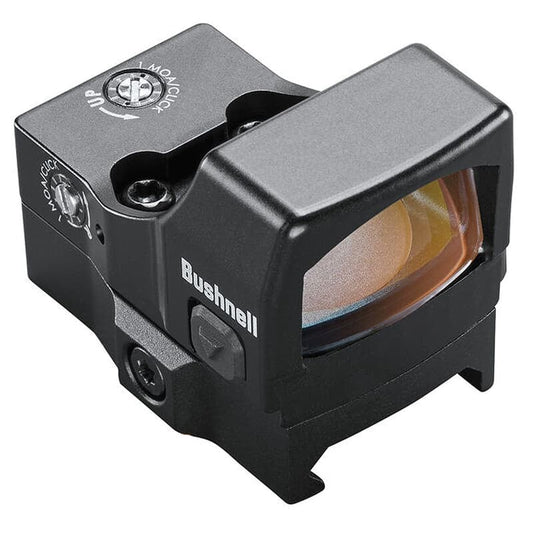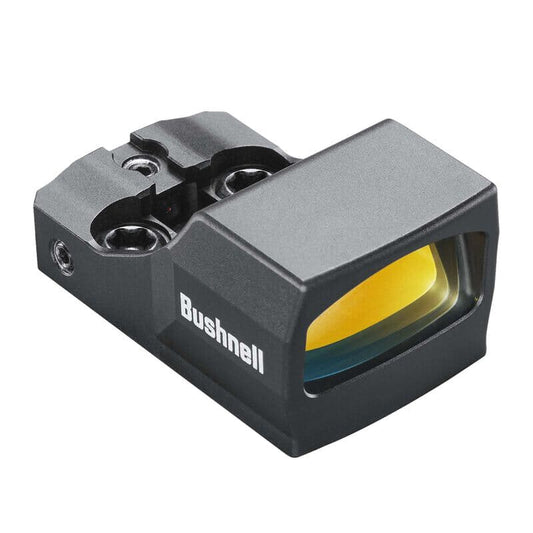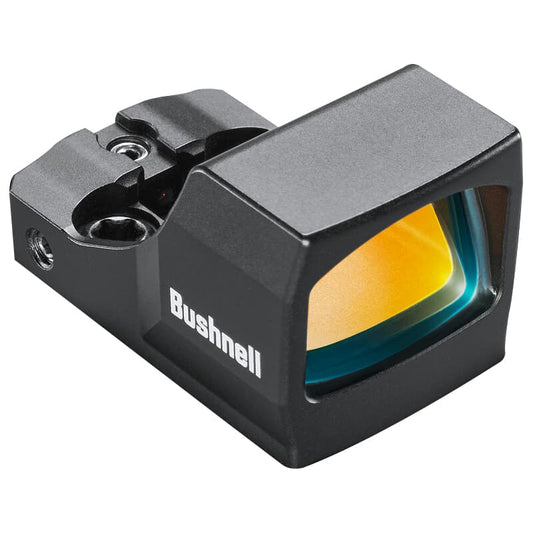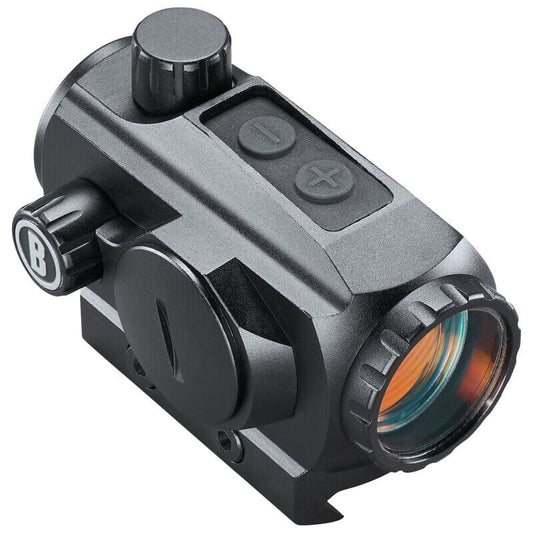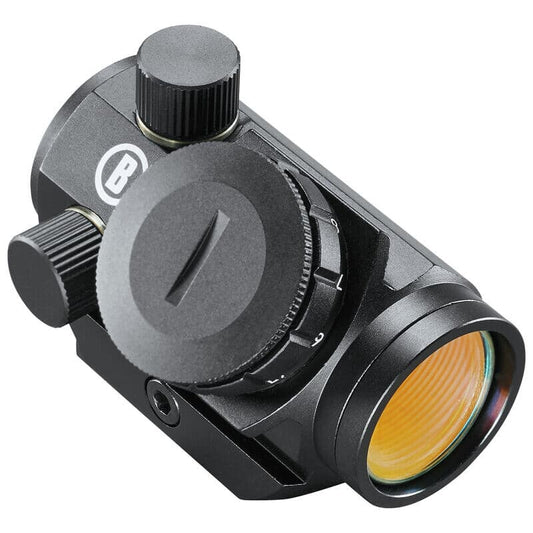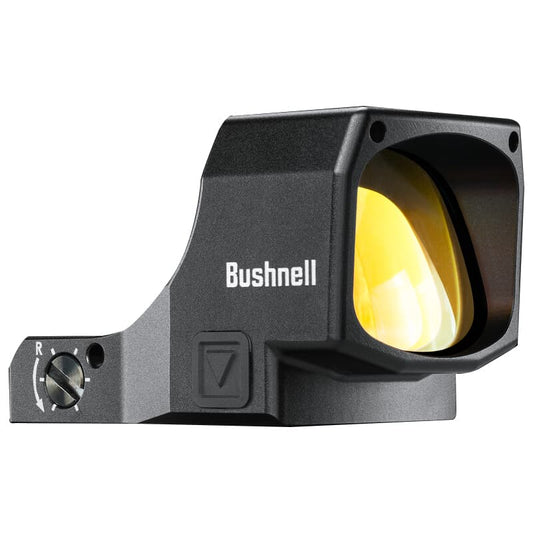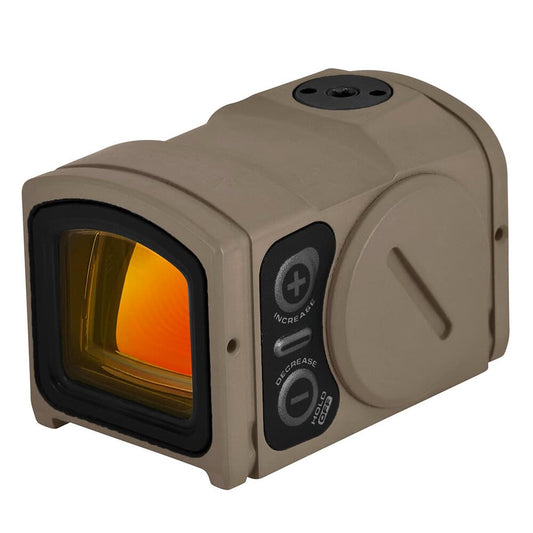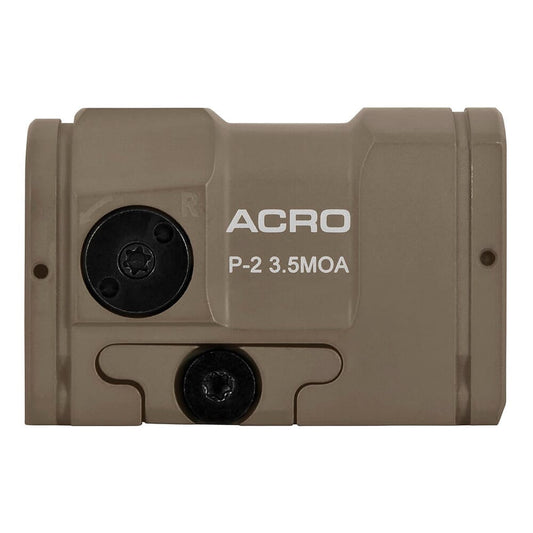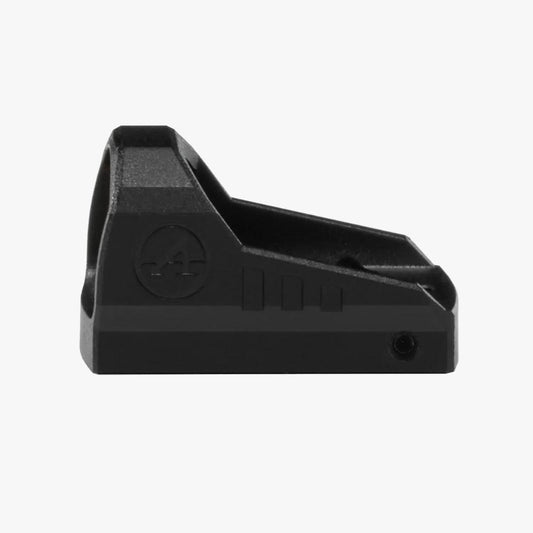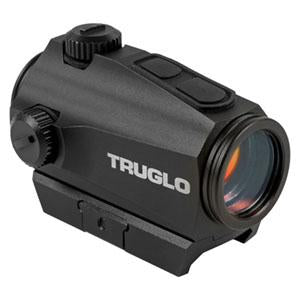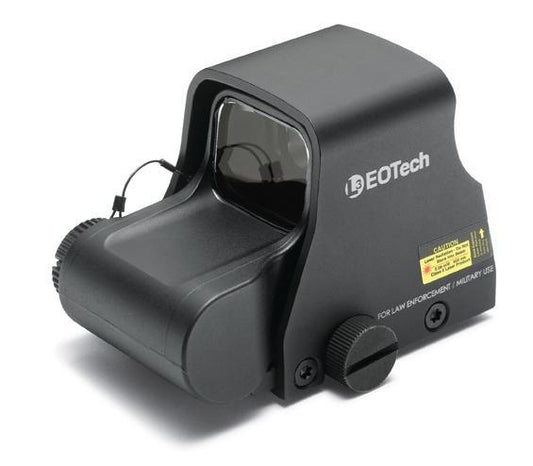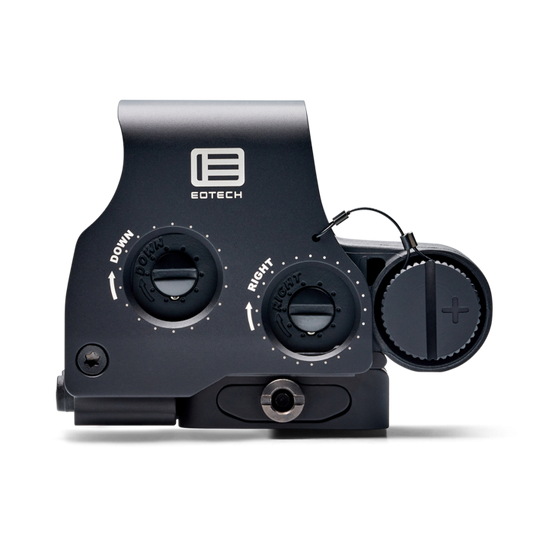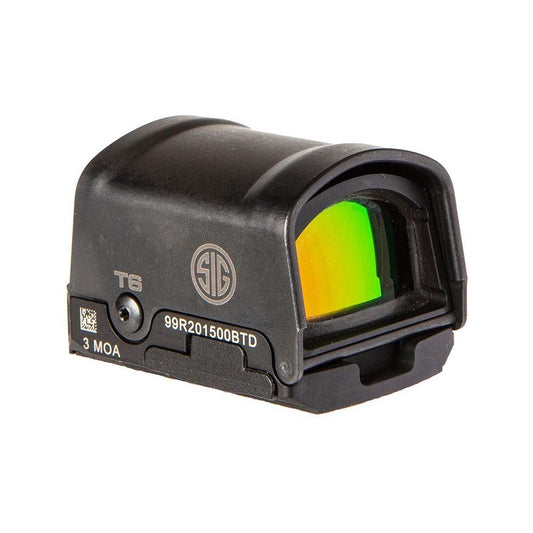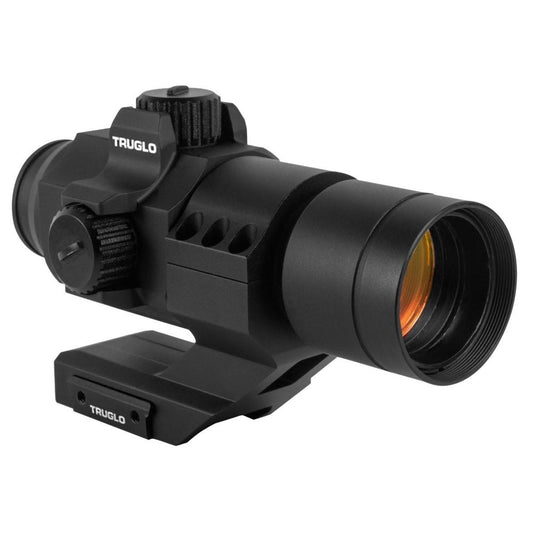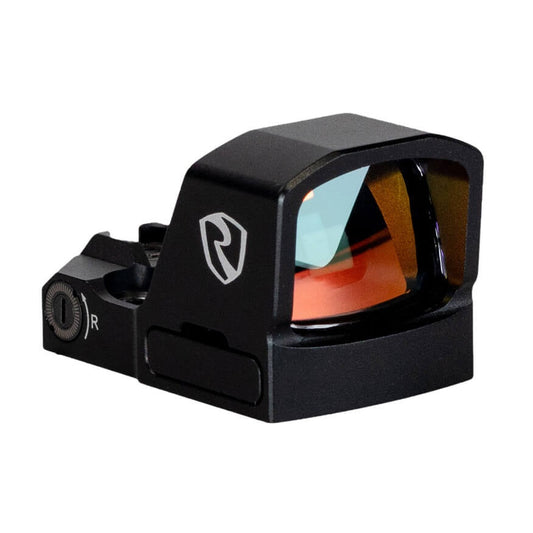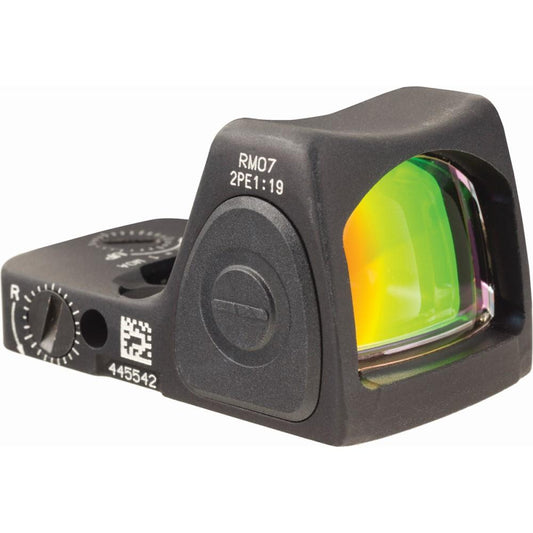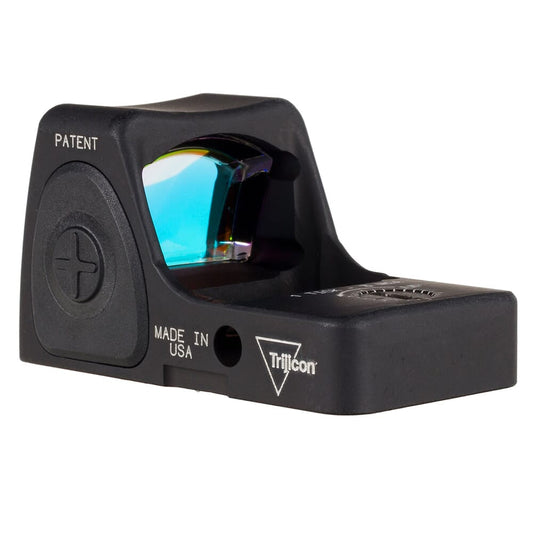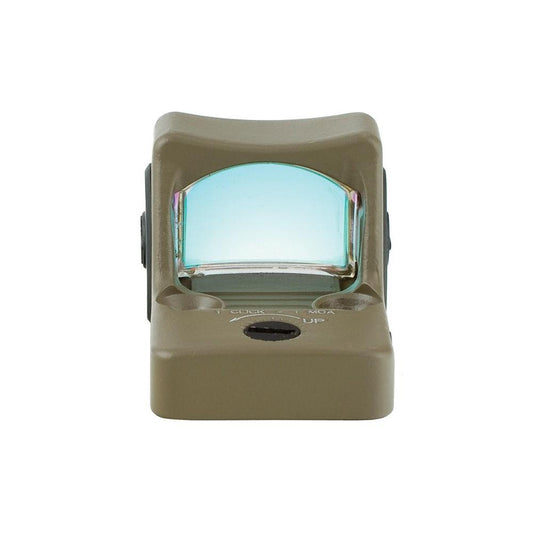Night Sights & Red Dot Sights for Pistols, Rifle or Shotgun
- Featured
- Best selling
- Alphabetically, A-Z
- Alphabetically, Z-A
- Price, low to high
- Price, high to low
- Date, old to new
- Date, new to old
- Featured
- Best selling
- Alphabetically, A-Z
- Alphabetically, Z-A
- Price, low to high
- Price, high to low
- Date, old to new
- Date, new to old
Sig Sauer Romeo-MSR 1x20mm Red Dot & Juliet3-Micro Magnifier FDE Combo SORJ72011
Meprolight Adjustable Tru-Dot Night Sights for Ruger GP100, Super Redhawk
Meprolight Fixed Tru-Dot Night Sights for Kahr PRE NOV 2004
Meprolight Fixed Tru-Dot Night Sights for Ruger SR9, SR9C, SR40, SR40C
Meprolight Fixed Tru-Dot Night Sights for Beretta PX4 Storm Full Size (F&G Models)
Bushnell RXU-200 1x21mm Ultra-Compact FMC 6 MOA Red Dot Reflex Sight RXU200
Bushnell 1x21mm RXC-200 Compact FMC 6 MOA Red Dot Black Reflex Sight RXC200
Sig Sauer Romeo2 1x30mm Red Dot Sight Circle Dot Dual Reticle Illuminated Black
Truglo Ignite 30mm Red Dot Sentinel Control Box Cantilever Picatinny Rail Mount
Whether you're navigating low-light scenarios or need quick target acquisition, our collection of night sights and red dot sights for pistols, rifles, and shotguns offers trusted, performance-driven options. These optics are ideal for home defense, competition shooting, and tactical applications.
We carry top-rated models with fast target acquisition, adjustable brightness, and rugged durability—features that make a difference when precision matters most. From micro red dots for concealed carry pistols to large window sights for shotguns and rifles, you’ll find the right fit here.
Why Choose Night & Red Dot Sights?
-
Low-Light Visibility: Night sights are built with tritium or fiber optics for better target alignment in dark conditions.
-
Faster Target Acquisition: Red dot sights help shooters aim with both eyes open for improved peripheral vision and response time.
-
Rugged & Reliable: Most models are waterproof, fog-proof, and shockproof—ready for the field or the range.
Top Brands You Can Trust
Explore industry-leading optics from manufacturers known for quality and dependability:
-
Trijicon – Known for advanced aiming solutions with military-grade construction.
-
Holosun – Feature-packed red dots with solar power and multiple reticle options.
-
Vortex – Durable, crystal-clear sights backed by a lifetime warranty.
-
SIG Sauer – Trusted optics designed to pair seamlessly with firearms.
Choosing the Right Sight for Your Setup
-
Pistol: Look for low-profile red dots or tritium night sights that fit your slide and offer quick aiming.
-
Rifle: Opt for larger windows and variable brightness for outdoor and tactical use.
-
Shotgun: Consider wide field-of-view sights that perform well in dynamic environments.
Not sure what fits your firearm best? Check out our Sights Buying Guide to compare features and get recommendations based on your platform.
Shop Now – Aim Faster, Shoot Smarter
Ready to upgrade your setup? Browse our collection of night sights and red dots designed for real-world performance. Find your perfect fit today and enjoy fast shipping and expert-approved gear.

